Home>Interior Design>Home Sauna: How To Add A Sauna To Your Home
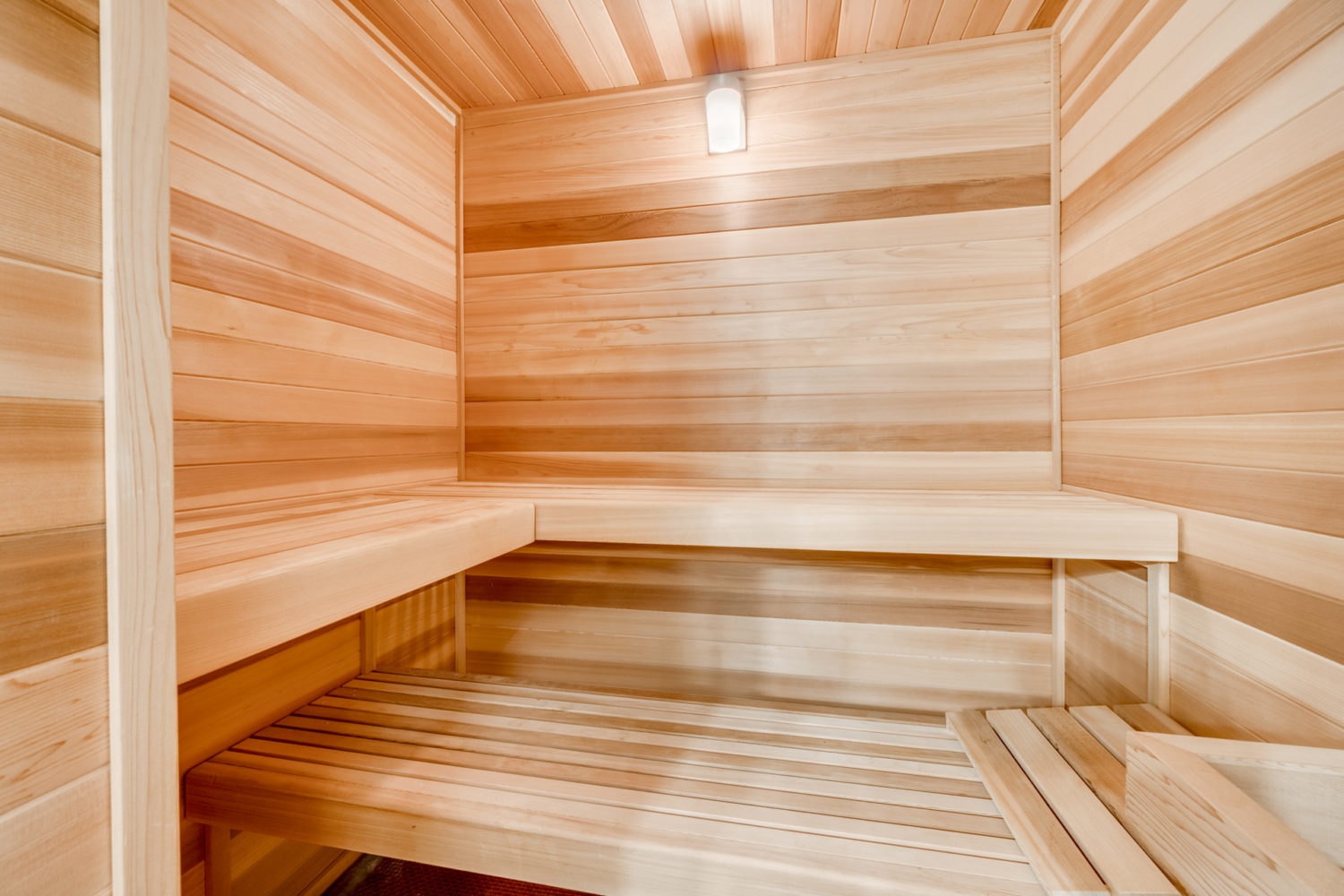

Interior Design
Home Sauna: How To Add A Sauna To Your Home
Modified: January 9, 2024
Learn how to incorporate a luxurious home sauna into your interior design for the ultimate relaxation and wellness experience. Transform your space with our expert tips and guidance.
(Many of the links in this article redirect to a specific reviewed product. Your purchase of these products through affiliate links helps to generate commission for Storables.com, at no extra cost. Learn more)
Introduction
Welcome to the ultimate guide on how to add a sauna to your home. A home sauna is a luxurious and relaxing addition that can transform your living space into a personal spa retreat. Whether you want to enjoy the therapeutic benefits of sauna sessions or simply create a serene environment in your home, a home sauna is an excellent investment.
In this article, we will explore the numerous benefits of having a home sauna, the different types of saunas available, and the important planning and design considerations you need to take into account before adding a sauna to your home. We will also discuss the construction process, required materials, electrical and ventilation requirements, as well as maintenance and safety guidelines for your home sauna.
So, if you are ready to enhance your relaxation and wellness routine, let’s dive into the world of home saunas and discover how you can bring this luxurious experience right into your own home.
Key Takeaways:
- Transform your home into a personal spa retreat with a home sauna, offering relaxation, detoxification, pain relief, and improved skin health. Enhance your well-being and create a serene sanctuary within your living space.
- Carefully plan, design, and maintain your home sauna to ensure a safe and enjoyable experience. Prioritize safety, proper ventilation, and high-quality materials to create a space that promotes relaxation and rejuvenation.
Read more: How To Build Your Own Outdoor Sauna
Benefits of Having a Home Sauna
Having a home sauna offers a multitude of benefits for both your physical and mental well-being. Let’s explore some of the incredible advantages of incorporating a sauna into your home:
- Relaxation and Stress Relief: A home sauna provides a serene and tranquil environment where you can unwind and let go of the stresses of daily life. The heat promotes relaxation, releases tension in your muscles, and helps to reduce anxiety and stress levels.
- Detoxification: Saunas induce sweating, which is a natural process that helps eliminate toxins from your body. The heat opens up your pores, allowing impurities and heavy metals to be released from your skin. This detoxification process can leave you feeling refreshed and rejuvenated.
- Improved Circulation: The heat from the sauna causes your blood vessels to dilate, increasing blood flow throughout your body. This improved circulation can lead to various benefits such as lower blood pressure, improved cardiovascular health, and enhanced nutrient delivery to your muscles and organs.
- Pain Relief: The heat from a sauna can provide relief from muscle soreness, joint pain, and chronic conditions such as arthritis. The increased circulation helps reduce inflammation and promotes the release of endorphins, providing natural pain relief.
- Enhanced Recovery: Sauna sessions can aid in post-workout recovery by helping your muscles relax and reduce muscle stiffness. The heat promotes the release of lactic acid and other toxins, which can speed up your recovery process and reduce muscle fatigue.
- Improved Skin Health: Regular sauna use can have a positive impact on your skin. The sweating helps to flush out impurities, unclog pores, and improve the overall clarity and texture of your skin. Additionally, the heat stimulates collagen production, making your skin look more youthful and radiant.
- Boosted Immune System: Sauna sessions can help strengthen your immune system by increasing your body’s production of white blood cells. The heat also raises your body temperature, creating an environment where viruses and bacteria are less likely to survive.
- Mental Clarity and Relaxation: Sitting in a sauna allows you to disconnect from the outside world and focus on your well-being. The relaxation and solitude can help clear your mind, improve concentration, and promote overall mental clarity.
With so many incredible benefits, it’s easy to see why incorporating a home sauna into your living space is a wise investment in your health and well-being.
Types of Home Saunas
When it comes to choosing a home sauna, there are several types to consider, each offering a unique sauna experience. Let’s explore the different types of home saunas:
- Traditional Finnish Saunas: The traditional Finnish sauna is the most common and well-known type of sauna. These saunas use high heat and low humidity to create a dry environment. They typically have wooden interiors, benches at different heights, and hot stones on which water can be poured to produce steam.
- Infrared Saunas: Infrared saunas use infrared heaters to emit radiant heat that directly heats your body, rather than heating the air around you. This type of sauna operates at lower temperatures compared to traditional saunas, making it suitable for those who prefer milder heat. Infrared saunas are known for their detoxification and therapeutic benefits.
- Steam Rooms: While not technically a sauna, steam rooms are often included in discussions about home sauna options. These rooms use a steam generator to produce moist heat and high humidity. Steam rooms are known for their ability to open up your pores, cleanse your skin, and promote respiratory health.
- Portable Saunas: If you have limited space or want the flexibility to move your sauna around, a portable sauna might be the perfect option for you. These compact saunas can be set up and taken down easily, allowing you to enjoy sauna sessions wherever you go.
- Outdoor Saunas: If you have ample outdoor space, you may consider installing an outdoor sauna. These saunas can be built as separate structures and provide a unique and tranquil sauna experience amidst nature. Outdoor saunas are typically made of durable materials that can withstand varying weather conditions.
Each type of home sauna offers its own set of features and benefits. Consider your preferences, available space, and desired sauna experience when choosing the right type for your home.
Planning and Design Considerations
Before adding a sauna to your home, it’s crucial to carefully plan and consider various design aspects. Here are some key factors to keep in mind:
- Available Space: Determine the amount of space you have available for your sauna. Consider whether you want a dedicated room or if you will be integrating the sauna into an existing space.
- Usage and Capacity: Consider how many people will be using the sauna regularly. This will help determine the appropriate size and seating capacity for your sauna.
- Location: Choose a location for your sauna that is well-ventilated, easily accessible, and provides privacy. Make sure there is sufficient space around the sauna for installation, maintenance, and safety.
- Budget: Determine your budget for the sauna project, including construction, materials, and any additional accessories you want to incorporate.
- Heat Source: Decide on the type of heat source you prefer, such as electric, gas, or wood-burning. Consider factors such as convenience, energy efficiency, and availability of resources when making this decision.
- Insulation: Proper insulation is essential to maintain heat efficiency and prevent energy loss. Choose insulation materials that are suitable for sauna use and ensure they are installed correctly.
- Ventilation: Adequate ventilation is crucial to prevent moisture buildup and ensure air circulation within the sauna. Install vents or a fan system to keep the air fresh and prevent excess humidity.
- Lighting: Choose appropriate lighting for your sauna, ensuring it is waterproof and safe for high temperatures. Consider using soft, ambient lighting to enhance relaxation and create a soothing atmosphere.
- Seating and Layout: Plan the seating arrangement and layout of your sauna to maximize comfort and usability. Consider using different bench heights to accommodate different preferences and ensure there is enough space for people to lay down comfortably.
- Aesthetics: Consider the overall design and aesthetics of your sauna to match your personal style and the existing décor of your home. Select materials, finishes, and colors that create a relaxing and inviting atmosphere.
By carefully considering these planning and design considerations, you can create a sauna that not only meets your needs but also enhances the overall ambiance of your home.
Choosing the Right Location
When it comes to adding a sauna to your home, selecting the right location is crucial for creating a comfortable and convenient sauna experience. Here are some important factors to consider when choosing the location for your sauna:
- Accessibility: Choose a location that is easily accessible to ensure a seamless experience when using the sauna. It should be conveniently located near your bathroom or shower area for easy access to water for cooling down after a sauna session.
- Privacy: Consider the level of privacy you desire when using the sauna. If you prefer a more secluded experience, choose a location away from high-traffic areas or windows. You can also install curtains or blinds for added privacy.
- Ventilation: Ensure proper ventilation in the chosen location to allow for the circulation of fresh air. This helps to prevent excessive humidity, remove odors, and maintain a comfortable environment within the sauna.
- Structural Considerations: Assess the structural integrity of the chosen location. Ensure that the walls and floors can support the weight of the sauna and any additional load-bearing requirements, such as benches or seating.
- Proximity to Utilities: Consider the distance to electrical outlets or gas lines if you are using a heat source other than electricity. Make sure the chosen location allows for easy connection and installation of the necessary utilities.
- Aesthetics: Take into account how the sauna will fit aesthetically within your home. Consider the overall interior design and choose a location that complements the existing decor and architecture. You may also want to consider views or natural lighting when selecting the location.
- Noise Level: Pay attention to the noise level in and around the chosen location. If the sauna is near bedrooms or other quiet areas, ensure that noise from the sauna equipment or ventilation system is kept to a minimum.
- Future Expansion: If you have plans to expand or renovate your home in the future, consider how the chosen location may impact those plans. Ensure that the location allows for flexibility and potential modifications without major disruptions.
By carefully considering these factors, you can choose the perfect location for your sauna, creating a tranquil and enjoyable space within your home.
Building a Home Sauna
Building a home sauna can be an exciting project that allows you to customize your sauna to meet your specific needs and preferences. Here are the key steps involved in building a home sauna:
- Plan and Design: Begin by determining the size, layout, and features of your sauna. Consider factors such as the number of users, available space, and desired sauna experience. Sketch out a design or consult with a professional to create a detailed plan.
- Prepare the Space: Clear the chosen location of any obstructions and ensure it has a solid, level surface. Remove any existing flooring or walls to create a clean canvas for construction.
- Choose Sauna Materials: Select suitable materials for constructing the sauna. Common materials include sauna-grade lumber for the frame and benches, as well as heat-resistant materials for the walls, ceiling, and flooring. Nordic or Canadian Hemlock and Western Red Cedar are popular choices for sauna wood due to their durability and resistance to heat and moisture.
- Construct the Sauna: Start by building the frame using sauna-grade lumber. Construct the walls and ceiling, leaving space for insulation. Install the bench(es) at varying heights to accommodate different preferences. Ensure all components are securely fastened to create a sturdy and safe structure.
- Insulate the Sauna: Proper insulation is essential for heat retention and energy efficiency. Install a vapor barrier to prevent moisture buildup, followed by insulation material such as fiberglass or mineral wool. This helps maintain a consistent and comfortable temperature inside the sauna.
- Add Sauna Accessories and Features: Enhance your sauna experience by adding accessories such as a sauna heater, control panel, sauna stones, and lighting fixtures. Consider additional features like a temperature gauge, towel hooks, and sound system to customize your sauna to your liking.
- Install Electrical and Ventilation Systems: If using an electric sauna heater, hire a licensed electrician to install the necessary electrical connections and ensure compliance with safety codes. Install proper ventilation to remove excess heat, humidity, and odors from the sauna, providing a comfortable and enjoyable environment.
- Finish the Sauna Interior: Apply a sauna-specific wood finish or oil to protect and enhance the appearance of the sauna wood. Finish the flooring with a non-slip surface that can withstand high temperatures and moisture.
- Test and Adjust: Once construction is complete, thoroughly test the sauna’s functionality and safety. Check that the temperature and humidity levels are within the desired range, and make any necessary adjustments to ensure optimal performance.
- Enjoy Your Home Sauna: Congratulations! Your home sauna is now ready for you to enjoy. Relax, unwind, and indulge in the rejuvenating benefits of regular sauna sessions from the comfort of your own home.
Building a home sauna can be a rewarding project that adds value and luxury to your home. Whether you choose to tackle the construction yourself or hire professionals, proper planning and careful execution will result in a beautiful and functional home sauna.
Preparing the Space
Before you begin building your home sauna, it’s important to properly prepare the space where the sauna will be installed. Preparing the space ensures a clean and suitable environment for the construction of your sauna. Here are the key steps involved in preparing the space:
- Clean and Clear the Area: Remove any furniture, objects, or debris from the designated area where the sauna will be installed. This includes removing any existing flooring or walls that may need to be replaced or modified to accommodate the sauna.
- Assess the Condition of the Floor: Check the condition of the floor to ensure it is level and structurally sound. If necessary, repair or reinforce the floor to support the weight of the sauna and its occupants. A level floor is crucial to ensure the stability and safety of the sauna.
- Address Moisture Issues: Verify that the area is dry and free from any signs of moisture or water leakage. Ensure there are no plumbing issues or areas prone to excessive humidity, which can affect the performance and durability of the sauna.
- Install Vapor Barrier: Consider installing a vapor barrier on the floor and walls of the space. This is particularly important if the sauna will be built on a concrete or tiled surface. A vapor barrier helps prevent moisture from seeping into the sauna, protecting the wood and maintaining a dry environment.
- Check Ventilation: Assess the existing ventilation in the space. Adequate ventilation is essential to ensure proper air circulation and prevent the buildup of heat and humidity within the sauna. If necessary, install additional vents or fans to maintain a comfortable and safe environment.
- Ensure Proper Insulation: Insulation plays a crucial role in maintaining heat retention and energy efficiency within the sauna. Check the existing insulation in the walls and ceilings of the space. Add or replace insulation as needed to ensure optimal heat insulation and prevent energy loss.
- Consider Soundproofing: If the space is located near bedrooms or areas where noise may be a concern, consider incorporating soundproofing measures. This can involve adding soundproofing materials to the walls or choosing sauna equipment that operates quietly.
- Accessorize the Space: Enhance the overall ambiance and functionality of the space by adding accessories such as hooks for towels and robes, shelves for keeping essentials, and seating arrangements for relaxation. These additions can contribute to creating a comfortable and practical sauna experience.
- Secure Building Permits (if necessary): Depending on local regulations and the scope of your project, you may need to obtain building permits or comply with specific guidelines. Check with your local building authority to ensure you meet all necessary requirements before starting construction.
By carefully preparing the space, you create a solid foundation for building your home sauna. This ensures a safe, functional, and enjoyable sauna experience that you can cherish for years to come.
Sauna Materials and Construction
When it comes to building a home sauna, choosing the right materials is crucial to ensure durability, safety, and an optimal sauna experience. Here are the key materials and construction considerations for building your sauna:
- Sauna Wood: Selecting the appropriate wood is essential as it contributes to the aesthetics and functionality of your sauna. Nordic or Canadian Hemlock and Western Red Cedar are popular choices for sauna wood due to their durability, resistance to heat and moisture, and appealing aroma.
- Lumber for Frame and Benches: Use sauna-grade lumber, such as Spruce or Aspen, for the sauna’s frame and benches. Ensure the lumber is untreated and free from chemicals that may release harmful fumes when exposed to heat. It should also be able to withstand the constant temperature changes and moisture levels inside the sauna.
- Sauna Doors: Choose a sauna door that is made of solid wood, preferably with a glass window for visibility. The door should have a proper seal to retain heat and maintain the desired temperature inside the sauna.
- Insulation Material: Insulation is crucial for heat retention and energy efficiency. Use proper sauna insulation materials, such as mineral wool or fiberglass, to insulate the walls and ceiling. Ensure the insulation is installed with care, covering all necessary areas to prevent heat loss and maintain a comfortable sauna environment.
- Sauna Stones: Sauna stones are heated by the sauna heater and help produce steam when water is poured over them. Choose high-quality, heat-resistant stones specifically designed for saunas. Ensure the stones are of the appropriate size and shape to allow for even heat distribution and efficient functioning of the sauna heater.
- Lighting: Select sauna-specific lighting fixtures that are designed to withstand high temperatures and moisture. LED lights are often preferred for their energy-efficiency and excellent durability.
- Fasteners and Hardware: Use stainless steel or other non-corrosive fasteners and hardware throughout the construction of your sauna. This ensures longevity and prevents degradation due to heat and moisture exposure.
- Finishing Materials: Finish the sauna with sauna-specific wood finishes or oils that are heat-resistant and safe for use in high-temperature environments. These finishes enhance the appearance of the sauna wood, protect it from moisture, and promote longevity.
- Construction Techniques: Follow proper construction techniques to ensure the structural integrity and safety of your sauna. Pay attention to details such as securely fastening the sauna components, ensuring proper ventilation, and maintaining proper clearances between the sauna and surrounding structures.
- Consult Professionals: If you’re unsure about the materials or construction process, consider consulting with experienced professionals or sauna experts who can provide guidance and ensure that your sauna is built to the highest quality standards.
By choosing high-quality materials and employing proper construction techniques, you can create a durable and aesthetically pleasing sauna that will provide you with years of relaxation and enjoyment.
When adding a sauna to your home, make sure to consider the available space, ventilation, and electrical requirements. It’s important to consult with a professional to ensure proper installation and safety.
Electrical and Ventilation Requirements
When building a home sauna, proper electrical and ventilation systems are crucial for safety, comfort, and efficient operation. Here are the key considerations for electrical and ventilation requirements:
Read more: How To Add A Porch To Your House
Electrical Requirements:
- Hiring a Licensed Electrician: It is highly recommended to hire a licensed electrician familiar with sauna installations. They can ensure that the electrical work meets local building codes and is done safely.
- Sauna Heater and Controls: Install a sauna-specific heater and temperature control panel that is compatible with your sauna’s size and power requirements. Consult with the manufacturer’s guidelines and ensure that the electrical system can handle the power demands of the heater.
- Circuit and Wiring: Dedicate a dedicated circuit for the sauna to avoid overloading the existing electrical system. Use appropriate wiring, like copper or aluminum, with the correct gauge size based on the electrical load requirements of the sauna heater and accessories.
- GFCI Protection: Install ground fault circuit interrupter (GFCI) protection for all electrical outlets and circuits within the sauna area. GFCI protection is a safety feature that helps prevent electric shock in wet environments.
- Placement of Electrical Components: Ensure that all electrical components, including wiring, outlets, heater controls, and lights, are placed strategically, away from moisture sources, and easy to access for maintenance and troubleshooting.
- Insulation and Heat Barriers: Keep electrical components away from direct contact with sauna walls or benches. Use proper insulation and heat barriers to protect electrical wiring and components from excess heat and moisture.
Ventilation Requirements:
- Natural Ventilation: Design the sauna with proper air vents or openings to allow natural ventilation. This helps maintain fresh air circulation and prevents excessive humidity buildup inside the sauna.
- Exhaust Fan: Install an exhaust fan or ventilation system to remove excess heat, humidity, and odors from the sauna. Ensure that the fan is suitable for sauna use, able to handle the high temperatures and moisture levels.
- Ventilation Placement: Position the ventilation system at a high point in the sauna to effectively remove the rising hot air and condensation. Place the vents or fan system strategically to maintain a comfortable and consistent temperature throughout the sauna.
- Size and Capacity: Determine the appropriate size and capacity of the ventilation system based on the dimensions of the sauna and the number of users it can accommodate. Consult a ventilation professional if necessary to ensure proper ventilation rates.
- Insulation Consideration: When insulating the sauna, ensure that the insulation materials and methods used do not obstruct the proper functioning of the ventilation system. Allow for sufficient airflow around the ventilation system to maximize its effectiveness.
- Maintenance and Cleaning: Regularly clean and maintain the ventilation system to prevent the buildup of dust, debris, or allergens. Follow the manufacturer’s guidelines for routine maintenance and inspection.
By adhering to proper electrical and ventilation requirements, you can ensure the safety, efficiency, and longevity of your home sauna. Always consult with professionals to ensure compliance with local building codes and regulations.
Sauna Accessories and Features
Enhancing your sauna experience is not just about the construction and heating elements, but also the selection of accessories and features that provide added comfort and convenience. Here are some popular sauna accessories and features to consider:
- Sauna Bucket and Ladle: A traditional sauna accessory, a wooden bucket and ladle are used to pour water onto the hot stones to create steam. This helps increase humidity and creates a more intense sauna experience.
- Sauna Stones: Choose high-quality sauna stones that can hold and distribute heat evenly throughout the sauna. Properly selected stones allow for effective heat retention and help create an authentic and comfortable sauna environment.
- Bench Materials and Cushions: Select comfortable and heat-resistant materials for sauna benches, ensuring they can withstand the high temperatures. Consider adding seat cushions or covers for added comfort during longer sauna sessions.
- Sauna Backrests and Headrests: Backrests and headrests provide added support and relaxation while sitting or reclining in the sauna. They help maintain proper posture and increase comfort during sauna sessions.
- Sauna Lighting: Choose appropriate sauna lighting that can withstand the heat and add ambiance to your sauna. Soft, warm lighting can create a soothing atmosphere, while adjustable or dimmable lights allow you to customize the lighting to your preference.
- Sauna Thermometer and Hygrometer: Install a sauna-specific thermometer and hygrometer to monitor the temperature and humidity levels inside the sauna. This allows you to adjust the sauna environment according to your comfort and preference.
- Audio System: Consider installing a sauna-friendly audio system with waterproof speakers to enjoy music, calming sounds, or guided meditations during your sauna sessions. Opt for wireless or Bluetooth-enabled systems for convenience.
- Essential Oil Diffuser: Enhance the sensory experience in your sauna by using an essential oil diffuser. Aromatherapy can provide relaxation, stress relief, and other therapeutic benefits while enjoying the sauna’s warmth.
- Towel Hooks and Storage: Install hooks or racks within the sauna to hang towels, robes, and other personal items. Having a designated space for towels and robes keeps the sauna organized and allows for easy access to essentials.
- Water Dispenser: Place a water dispenser or pitcher with glasses near your sauna for easy hydration during and after sauna sessions. Staying properly hydrated is important to replace fluids lost through sweating.
- Chromotherapy Lights: Consider adding chromotherapy lights, also known as color therapy lights, to create a soothing and therapeutic atmosphere. Different colors can have various effects on mood and well-being, further enhancing the sauna experience.
- Adjustable Air Vents: Install adjustable air vents to control the airflow and allow for customized ventilation within the sauna. This allows you to regulate the humidity and temperature according to your preferences.
These sauna accessories and features can heighten your sauna experience, making it a truly enjoyable and rejuvenating retreat within your home. Choose the accessories that align with your personal preferences and wellness goals to create the perfect sauna environment.
Sauna Maintenance and Care
To keep your sauna in optimal condition and ensure its longevity, regular maintenance and care are essential. By following these guidelines, you can enjoy a clean and properly functioning sauna for years to come:
- Keep it Clean: Regularly clean the sauna to remove sweat, dirt, and bacteria. Use a mild, sauna-specific cleaner and a soft cloth to wipe down the interior surfaces, benches, and accessories. Avoid using harsh chemicals or abrasives that can damage the wood or sauna components.
- Prevent Moisture Buildup: After each sauna session, use a towel to wipe down the benches, walls, and other surfaces to remove any excess moisture. This helps prevent the growth of mold or mildew and keeps the sauna dry and clean.
- Air Out the Sauna: After cleaning, leave the sauna doors open for a while to allow for adequate ventilation and air circulation. This helps to remove any lingering moisture or odors and ensures a fresh and inviting sauna environment.
- Inspect and Repair: Regularly inspect the sauna for any signs of wear and tear, loose components, or damage. Check the heater, electrical connections, ventilation system, and any other sauna accessories or features. Address any issues promptly to prevent further damage and ensure safety.
- Re-Oiling the Wood: Over time, the wood in your sauna may require re-oiling or resealing to maintain its appearance and protect it from moisture. Follow the manufacturer’s instructions for re-oiling the wood using sauna-specific oils or sealants. This helps preserve the beauty and durability of the sauna wood.
- Heater and Control Panel Maintenance: Refer to the manufacturer’s guidelines for maintaining the sauna heater and control panel. Clean the heater regularly, checking for any debris or mineral buildup. Test the control panel and thermostat to ensure they are functioning properly.
- Inspect the Ventilation System: Check the ventilation system regularly to ensure it is working effectively. Clean or replace the ventilation filters as needed to maintain proper air circulation and remove any dust or debris that may have accumulated.
- Replace Sauna Stones: Over time, sauna stones may deteriorate or become less effective at retaining and distributing heat. Regularly inspect the stones and replace any that are cracked, excessively worn, or not performing efficiently.
- Monitor and Maintain Electrical Components: Pay attention to the electrical connections, outlets, and wiring in the sauna. Look for any signs of damage or faulty connections. Schedule regular inspections with a licensed electrician to ensure the electrical components are in good working condition.
- Follow Safety Guidelines: Adhere to all safety guidelines provided by the sauna manufacturer. Ensure that users are aware of proper sauna usage, including recommended session lengths, temperature limits, and hydration practices. Always prioritize safety to prevent accidents or injuries.
By incorporating regular maintenance practices and following these care guidelines, you can extend the lifespan of your sauna and create a clean and enjoyable space for relaxation and wellness.
Read more: How To Add Insulation To Your Attic
Safety Guidelines
While a home sauna can provide numerous benefits and relaxation, it’s essential to prioritize safety to ensure a secure and enjoyable experience. Here are some important safety guidelines to follow when using your home sauna:
- Read and Follow Manufacturer’s Instructions: Familiarize yourself with the sauna manufacturer’s instructions and guidelines. Follow their recommendations for installation, usage, and maintenance to ensure safe and effective operation.
- Stay Hydrated: It’s crucial to stay hydrated before, during, and after using the sauna. Drink plenty of water or electrolyte-rich fluids to replace the fluids lost through sweating. Avoid alcohol or caffeinated beverages, as they can dehydrate your body.
- Limit Sauna Session Duration: Adhere to recommended sauna session durations. Start with shorter sessions, typically around 10 to 15 minutes, and gradually increase the time as desired. Avoid extended sessions that may lead to overheating or fatigue.
- Monitor Your Body: Pay attention to your body’s signals during sauna sessions. If you feel lightheaded, dizzy, or uncomfortable, exit the sauna immediately and cool down. Listen to your body and adjust session lengths or temperature accordingly.
- Avoid Sauna Use if Unwell: If you are feeling unwell, have a fever, or are experiencing certain health conditions, consult with a healthcare professional before using the sauna. Some medical conditions may be aggravated by the heat and humidity of a sauna.
- Ensure Proper Ventilation: Adequate ventilation is crucial to maintain fresh air circulation within the sauna. Ensure that the ventilation system is functioning properly, and do not block or obstruct vents or openings.
- Prevent Electrical Hazards: Ensure all electrical components, including wiring and outlets, are in good condition and properly installed. Avoid using extension cords inside the sauna and consult a licensed electrician if you notice any electrical issues.
- Use Sauna Temperature Controls Responsibly: Sauna temperature controls should be used with caution. Avoid setting the temperature too high, as it may cause discomfort or injury. Follow the recommended temperature range provided by the sauna manufacturer.
- Be Mindful of Hot Surfaces: Exercise caution when touching the sauna walls, benches, and heater surfaces, as they can become extremely hot during use. Use towels or other protective coverings to sit or lie on and prevent direct contact with hot surfaces.
- Use Sauna Accessories Safely: Handle sauna accessories, such as ladles or rocks, with care to prevent burns or accidents. Avoid pouring excessive water onto the hot stones to minimize sudden bursts of steam or extreme temperature changes.
- Supervise Children and Pets: Ensure that children and pets are supervised at all times when near or inside the sauna. Saunas can pose safety risks to unsupervised individuals, so it’s important to keep a watchful eye on their activities.
- Have an Emergency Plan: In case of an emergency, ensure you have an emergency plan in place. Have a fire extinguisher nearby and know how to use it. Familiarize yourself with basic first aid procedures and keep a phone or emergency communication device accessible in case of need.
Following these safety guidelines will help create a secure sauna environment and provide peace of mind during your sauna sessions. Prioritize your well-being and the safety of others to fully enjoy the benefits of your home sauna.
Conclusion
Adding a home sauna to your living space is a wonderful way to create a personal oasis of relaxation and well-being. The benefits of having a sauna at home are numerous, from stress relief and muscle relaxation to detoxification and improved circulation.
By carefully considering the various types of saunas available and planning for the design and construction process, you can create a sauna that suits your needs and enhances the overall ambiance of your home. Choose high-quality materials, follow proper construction techniques, and prioritize electrical and ventilation requirements to ensure a safe and efficient sauna environment.
Once your sauna is built, regular maintenance and care will help preserve its longevity and performance. Cleaning the sauna, checking for damages, and following safety guidelines are vital for a safe and enjoyable sauna experience. Remember to stay hydrated, limit session durations, and be mindful of your body’s signals during sauna sessions.
With the right accessories and features, you can further elevate your sauna experience, whether it’s by adding aromatherapy, music, or comfortable seating options.
Overall, a home sauna offers a multitude of benefits for your physical and mental well-being. It’s a space where you can escape the stresses of daily life, unwind, and indulge in deep relaxation. Whether you choose to build a traditional Finnish sauna or opt for a modern infrared sauna, the key is to create a space that resonates with your personal style and enhances your overall lifestyle.
So, why wait? Start planning, designing, and building your home sauna today. Transform your home into a sanctuary of relaxation and rejuvenation, and embark on a journey towards better health and well-being.
Frequently Asked Questions about Home Sauna: How To Add A Sauna To Your Home
Was this page helpful?
At Storables.com, we guarantee accurate and reliable information. Our content, validated by Expert Board Contributors, is crafted following stringent Editorial Policies. We're committed to providing you with well-researched, expert-backed insights for all your informational needs.
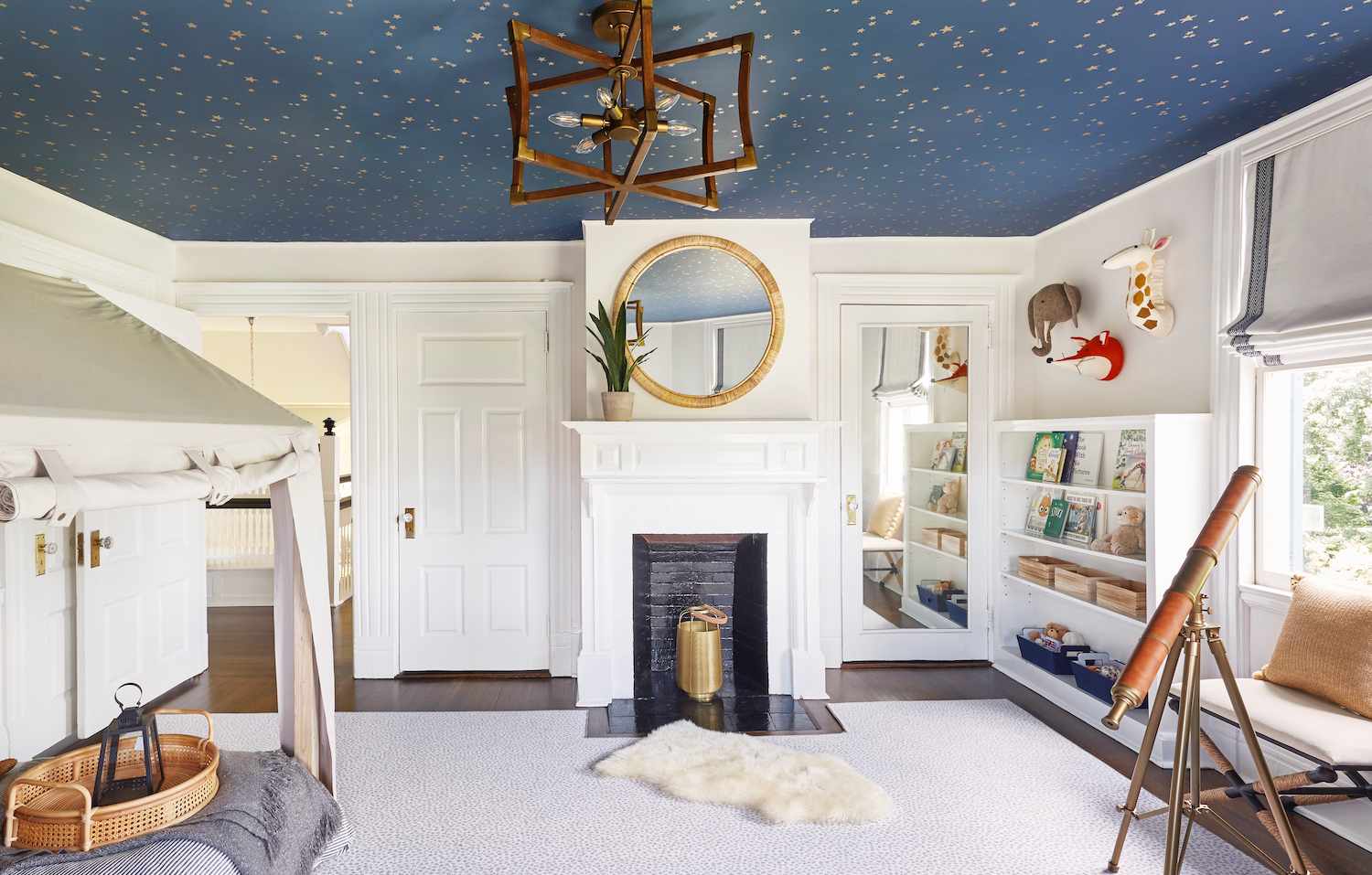

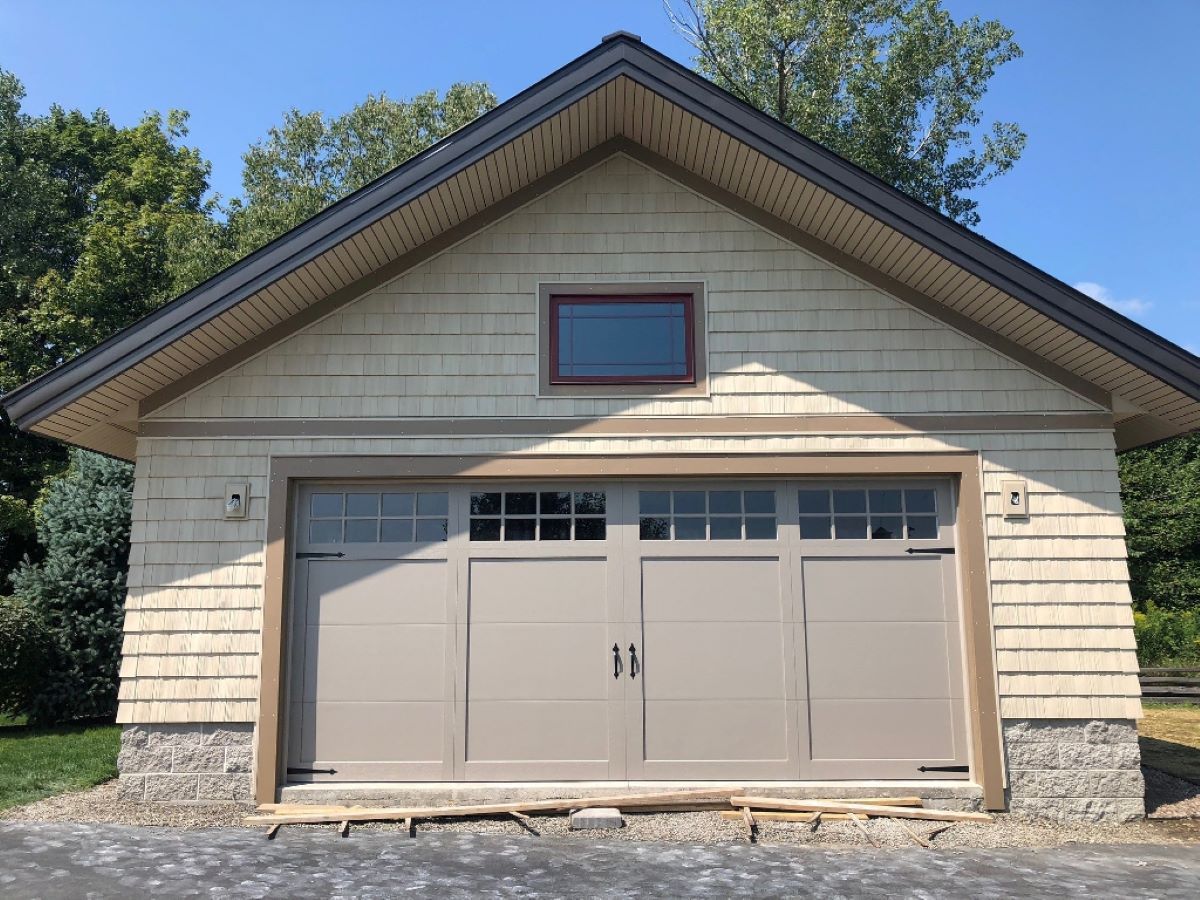
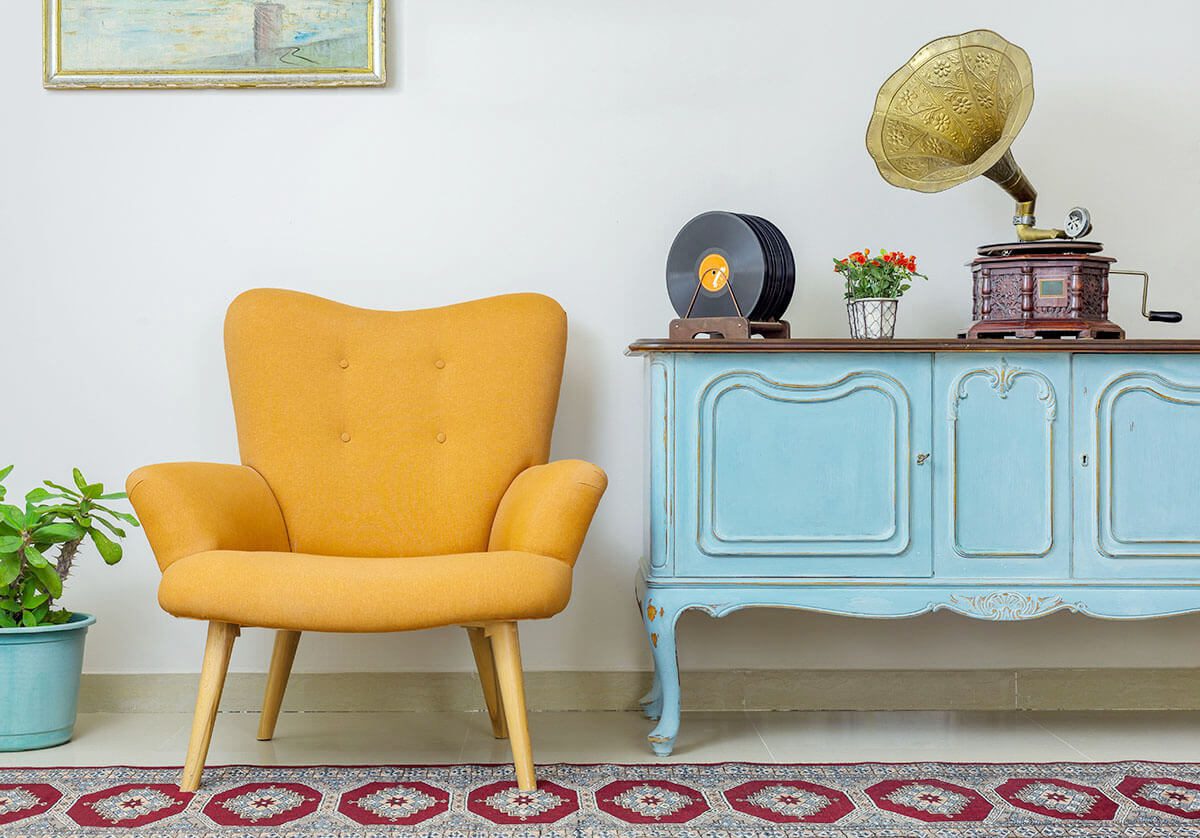
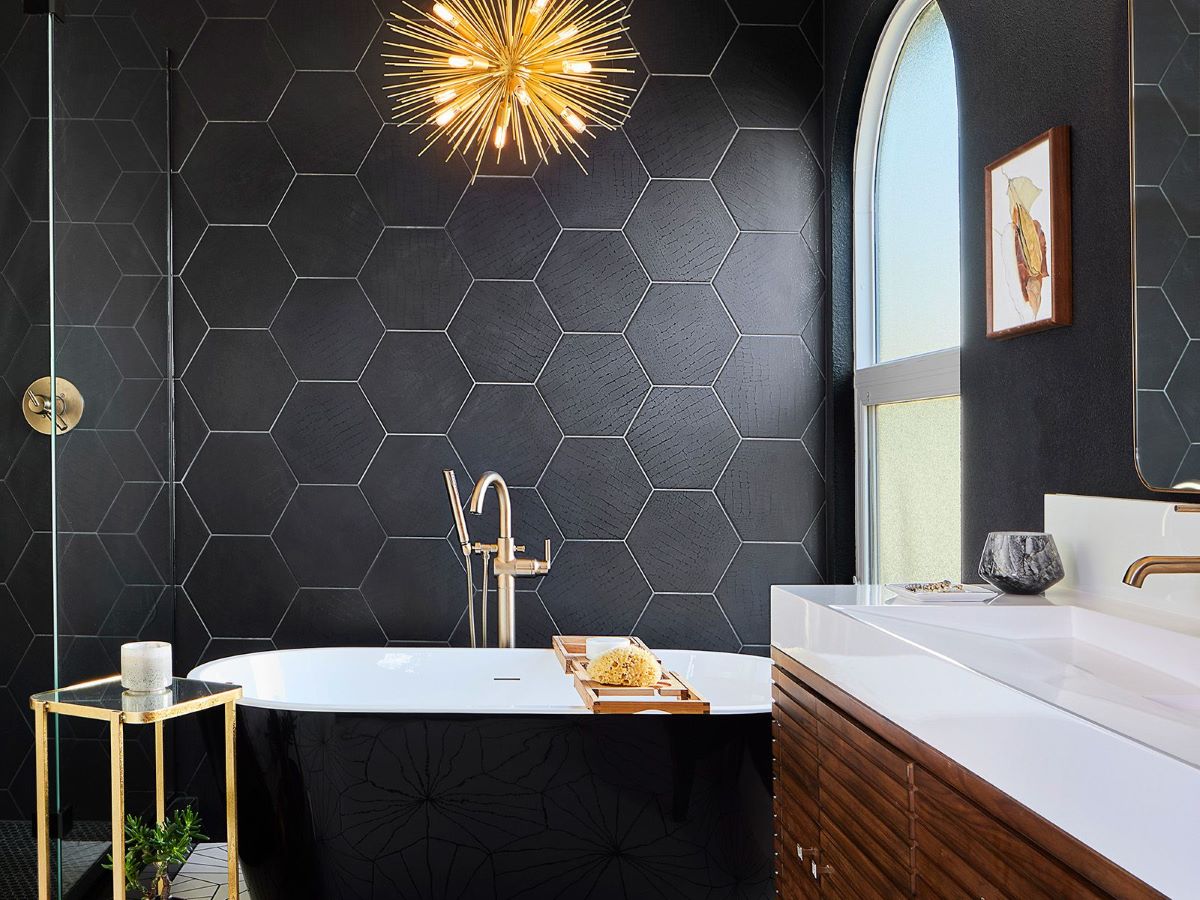
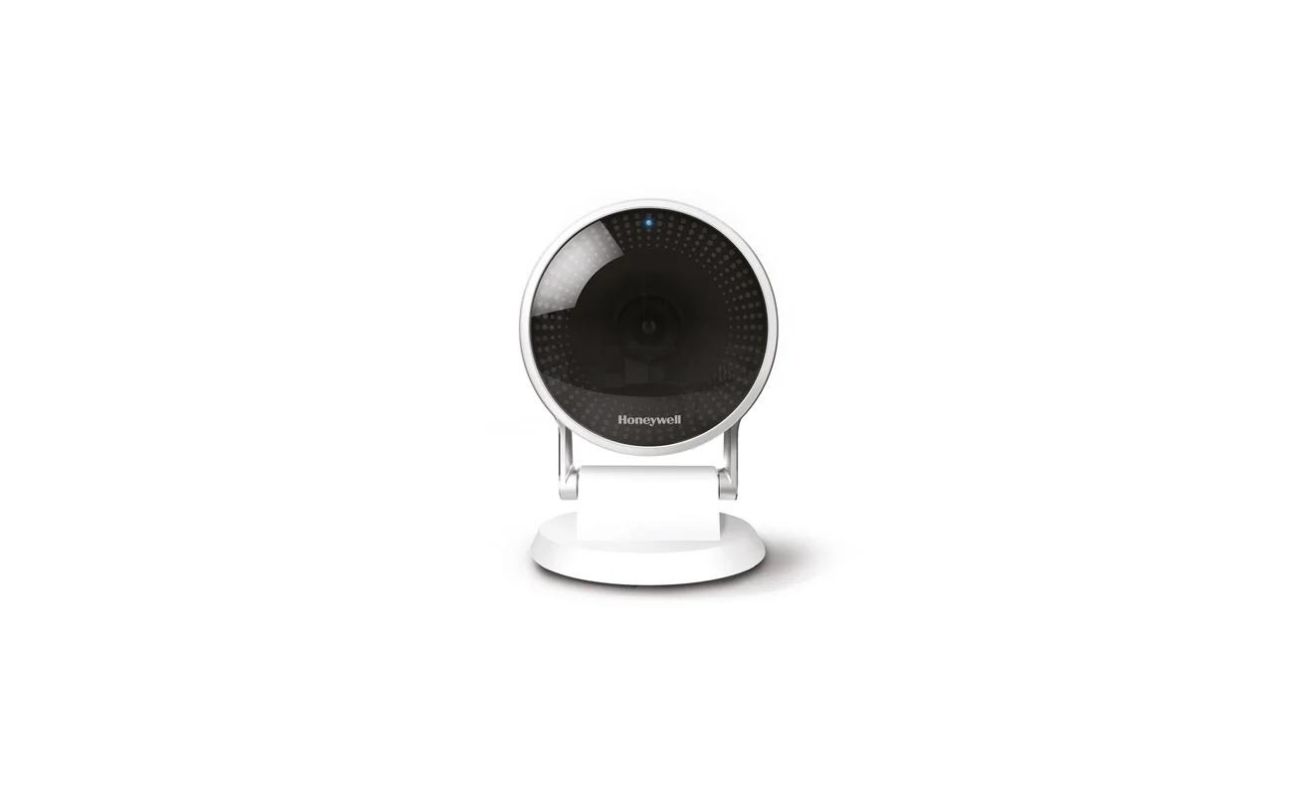




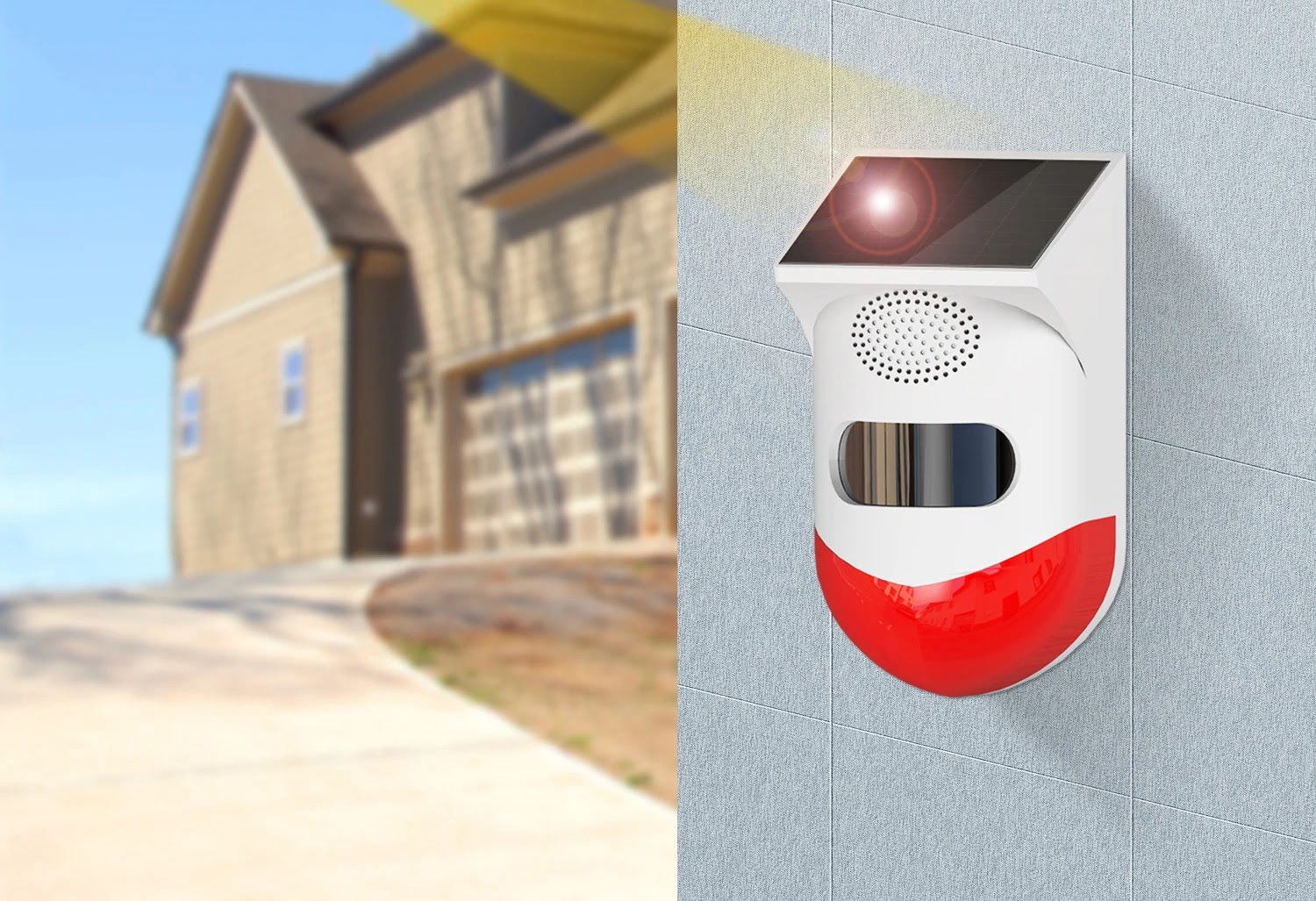


0 thoughts on “Home Sauna: How To Add A Sauna To Your Home”